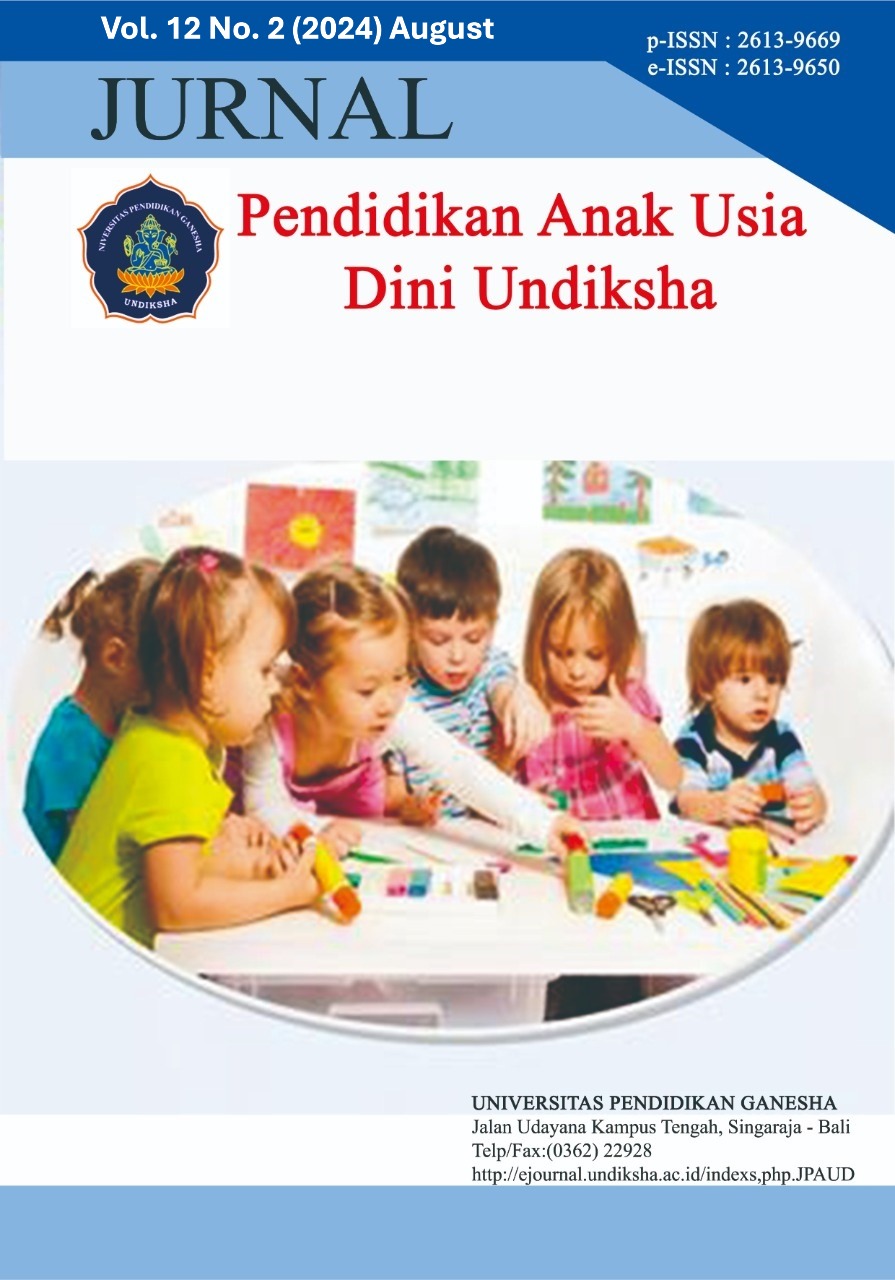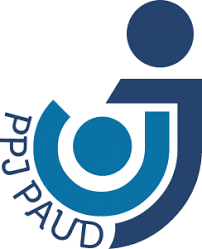Busy Book: Educational Tool to Enhance Language Skills in Early Childhood Education
DOI:
https://doi.org/10.23887/paud.v12i2.78028Keywords:
Development, Busy Book, Language SkillsAbstract
Children often face challenges in learning new material, requiring teachers to develop appropriate instructional media to support the learning process. This study aims to develop a busy book as an educational medium to stimulate children’s language development. The research employed the ADDIE development model (Analyze, Design, Development, Implementation, Evaluation). The product was evaluated by one content expert, one instructional design expert, and one media expert, involving three children in individual trials, five children in small group trials, and 19 children in effectiveness testing. Data were collected through questionnaires and non-test observations, with data analysis conducted using inferential statistics and quantitative descriptive analysis. Expert evaluations revealed that the instructional design scored 88.88% (classified as good), instructional media 95.83% (very good), individual trials 94.16% (very good), and small group trials 92.5% (very good). The product design scored 90.90% (very good). Effectiveness testing indicated a significant impact, with t-statistics > t-table (12.325 > 1.734). These findings suggest that the busy book is a feasible and effective educational medium for stimulating language skills in Group B children.
Published
How to Cite
Issue
Section
License
Copyright (c) 2024 Ni Made Riska Yanti, Didith Pramunditya Ambara

This work is licensed under a Creative Commons Attribution-ShareAlike 4.0 International License.
Authors who publish with the Jurnal Pendidikan Anak Usia Dini Undiksha agree to the following terms:
- Authors retain copyright and grant the journal the right of first publication with the work simultaneously licensed under a Creative Commons Attribution License (CC BY-SA 4.0) that allows others to share the work with an acknowledgment of the work's authorship and initial publication in this journal.
- Authors are able to enter into separate, additional contractual arrangements for the non-exclusive distribution of the journal's published version of the work (e.g., post it to an institutional repository or publish it in a book), with an acknowledgment of its initial publication in this journal.
- Authors are permitted and encouraged to post their work online (e.g., in institutional repositories or on their website) prior to and during the submission process, as it can lead to productive exchanges, as well as earlier and greater citation of published work. (See The Effect of Open Access)











